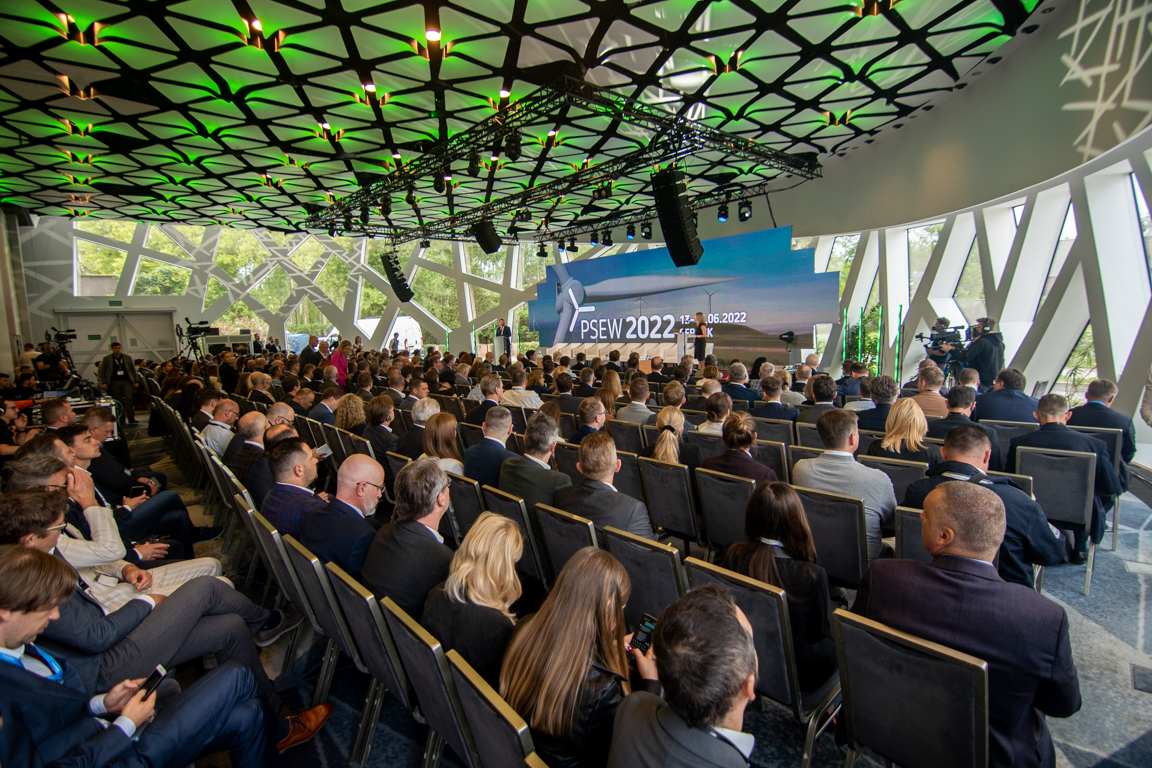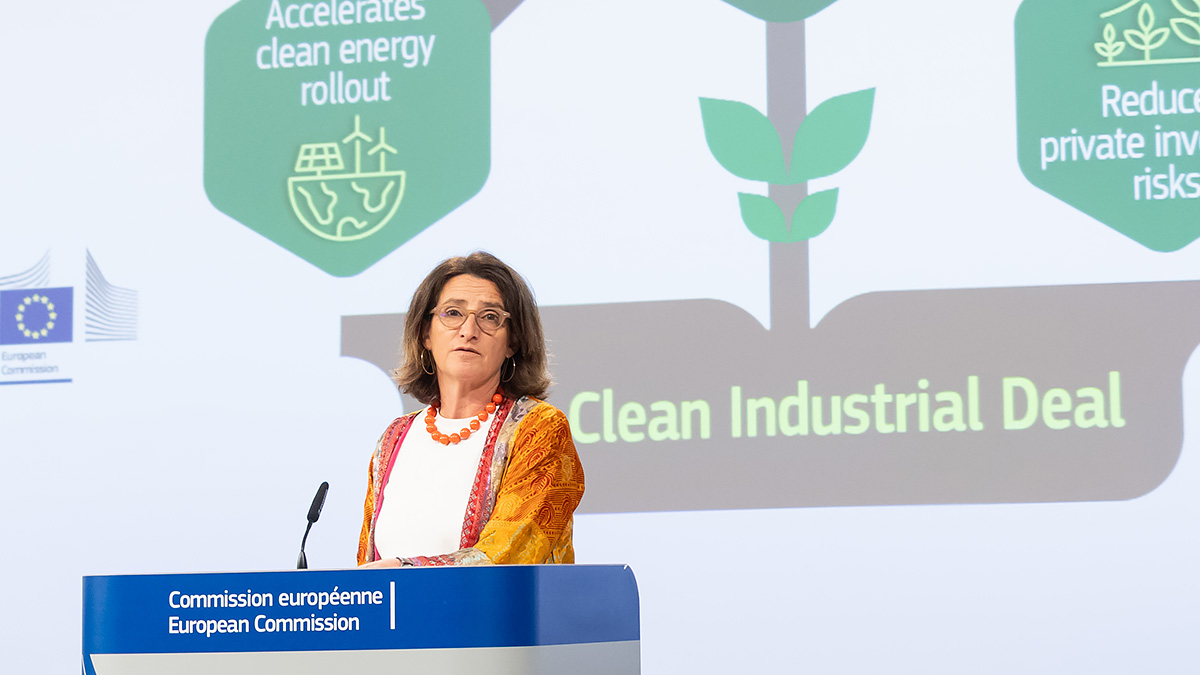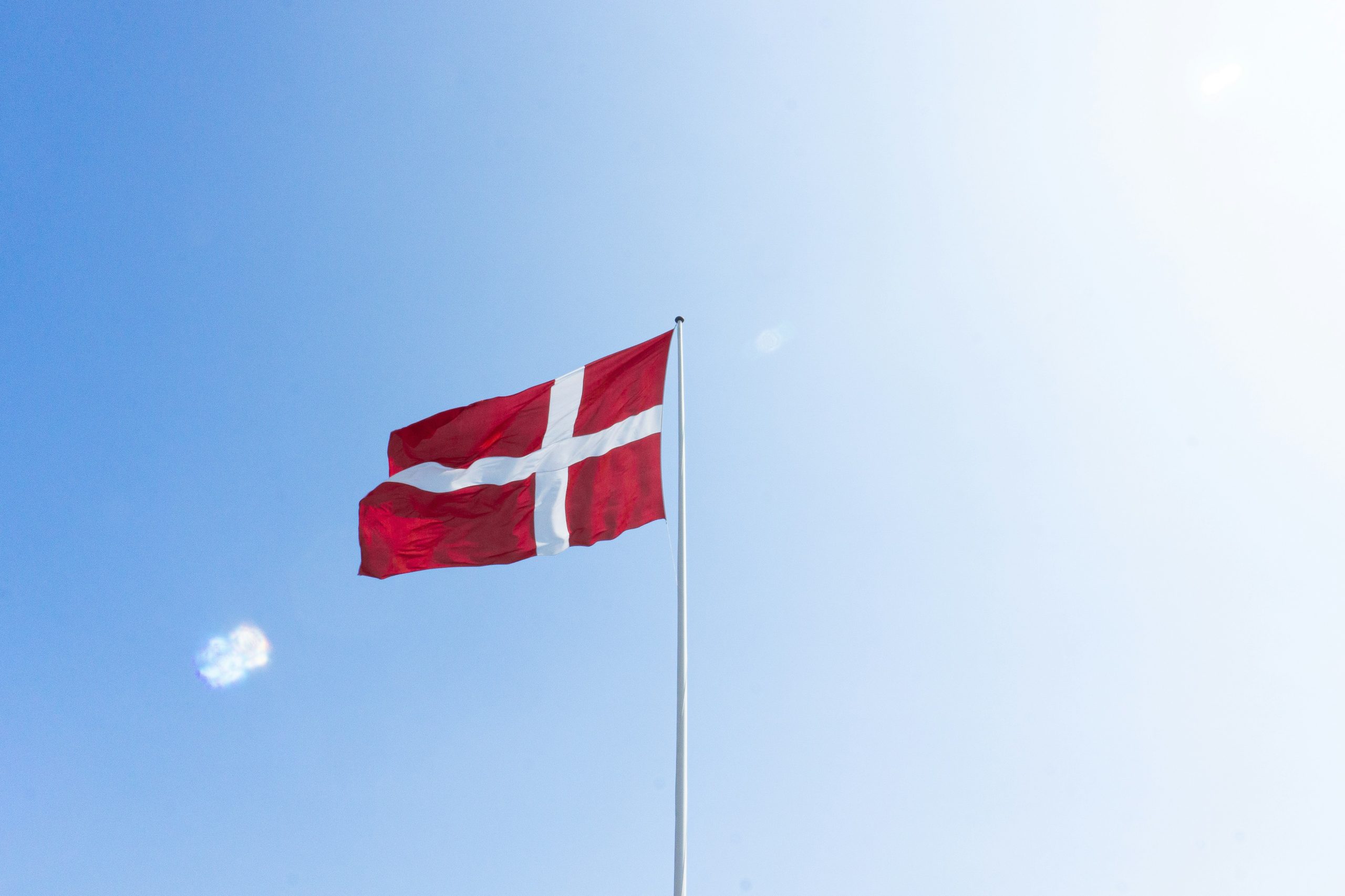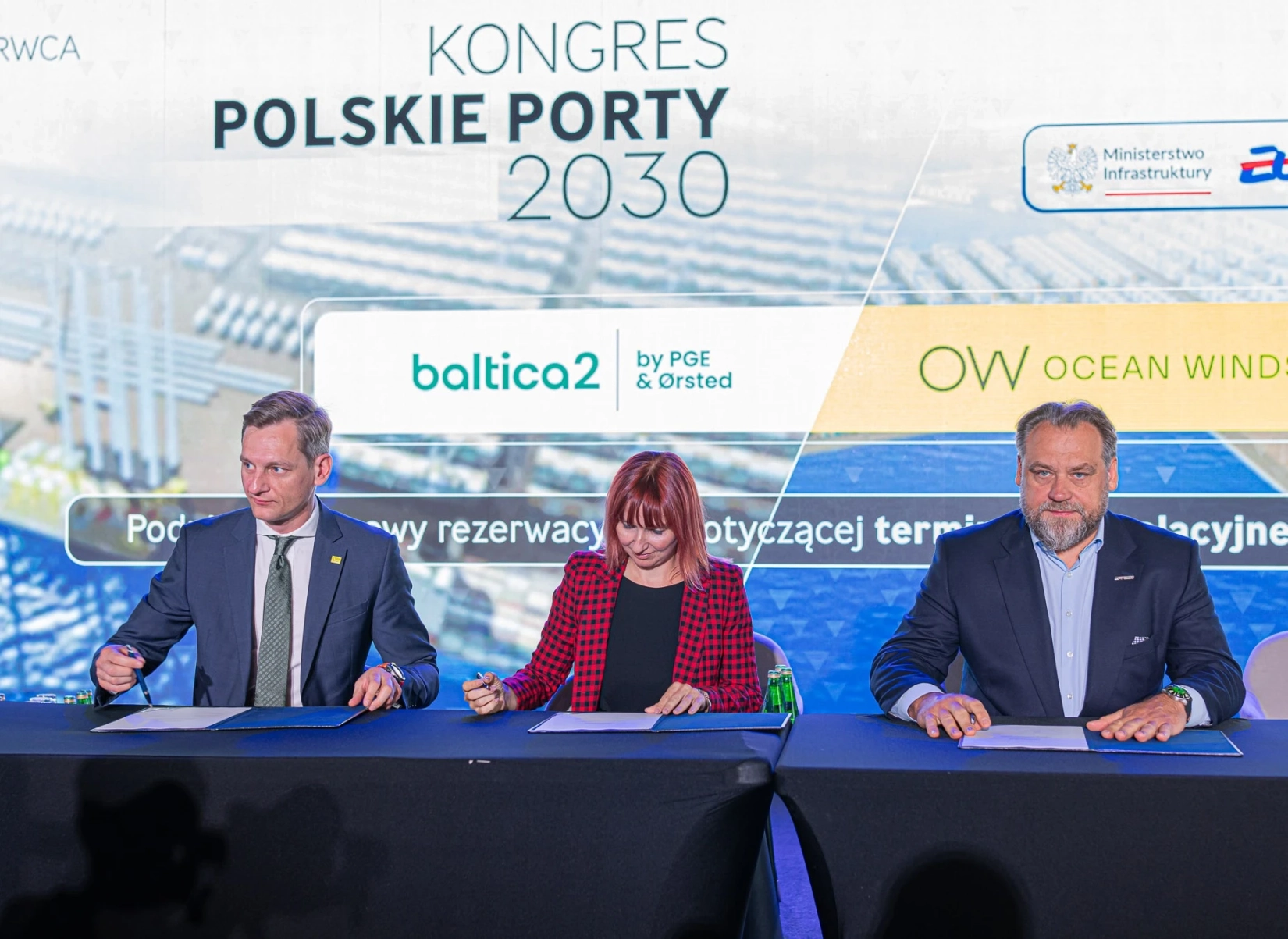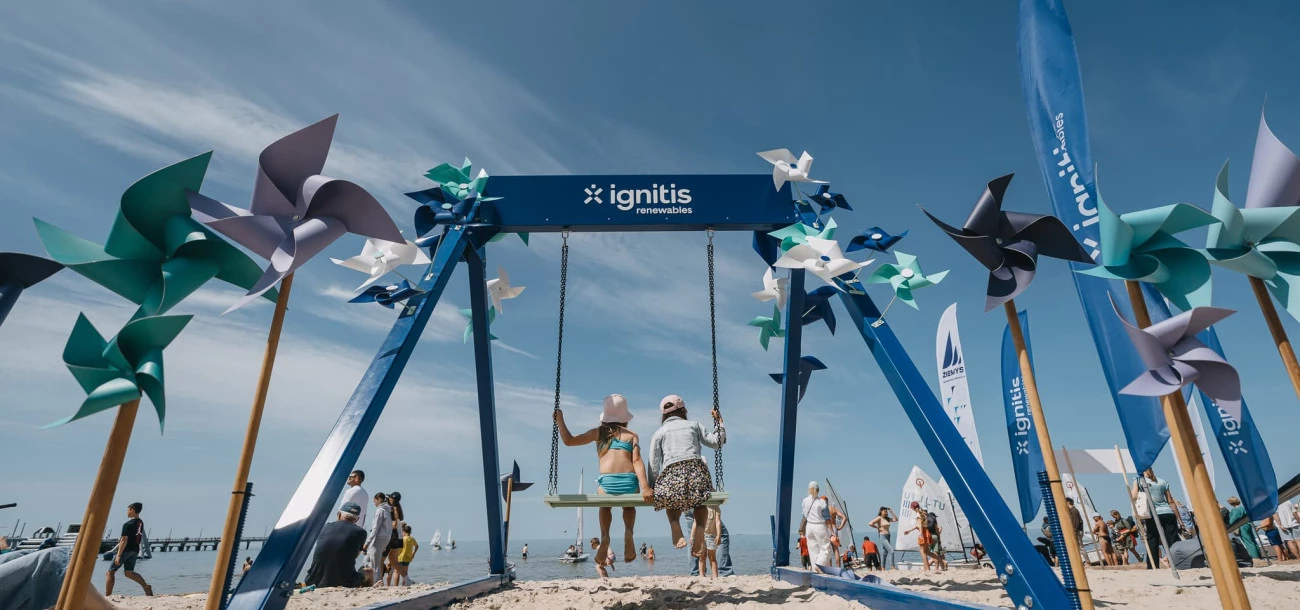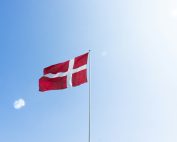Once again the wind energy industry met in Serock at the invitation of the Polish Wind Energy Association (PWEA). The first offshore wind farms will appear around 2026, while a new investment horizon is emerging for onshore wind. Legislation lifting restrictions on onshore development will go into effect later this year.
The PWEA2022 Conference is a three-day event (June 13-15), during which the future of offshore wind energy in Poland is discussed. This year’s conference brought together over 2,000 representatives of Polish and foreign companies from the energy sector and the largest entities conducting investment processes around the world, both onshore and offshore. Government and local government representatives also participated in the discussions. BalticWind.EU is a media patron of the event.
We are very glad to be media patron of annual @PSEW_PWEA conference in Serock. #offshorewind is one of top issues to be discussed pic.twitter.com/NEtBJhw23L
— BalticWind.EU (@BalticWindEU) June 13, 2022
Industry representatives pointed out during the conference that Poland will not be able to achieve the goals set out in the Polish Energy Policy until 2040 (PEP2040) without the development of wind energy.
“From the point of view of the Polish economy and energy consumers, the wind energy sector needs an impulse in the form of unblocking the 10H rule and removing remaining regulatory barriers in order to lower electricity prices and guarantee clean air and energy security in Poland”, said Janusz Gajowiecki, President of the Polish Wind Energy Association.
On Tuesday, attendees heard the announcement of a key change for onshore wind energy. It currently has a capacity of 7.3 GW (according to ARE [Energy Market Agency] data as of the end of April 2022). The development of onshore wind turbines was effectively blocked by a law in 2016. At the time, the government indicated that this happened in response to public concerns about the overly rapid development of wind farms near their homes. In practice, the so-called Distance Act has restricted wind turbine development across the country.
“The Standing Committee of the Council of Ministers approved a bill liberalizing Rule 10H and referred the bill to the Council of Ministers for deliberation. We estimate that due to the liberalisation of this rule the potential of onshore wind energy development may reach 10 GW of capacity, thus by 2030 we may forecast that the total value of onshore wind energy in Poland will exceed 20 GW of installed capacity”, said Ireneusz Zyska, Secretary of State in the Ministry of Climate and Environment and the Government’s Plenipotentiary for Renewable Energy Sources, during the main session.
Experts, as well as the whole of the industry, agree that Poland will be able to become independent from fossil fuel imports from Russia thanks to, amongst others, RES development. This will also translate into the competitiveness of the Polish economy and the development of domestic entities.
“ORLEN Neptune I is actively looking for companies to build a local supply chain as this provides an opportunity for technological, educational and economic development. Thanks to the construction of an installation port in Poland, the offshore sector with the Polish supply chain has a chance to become the flywheel of the Polish economy”, said Anna Trzeciakowska, President of Baltic Power.
The event featured new reports on the offshore wind market, such as “Availability of installation vessels for offshore wind in Poland”. Polish maritime companies want to get involved in developing a fleet of vessels for the offshore wind sector.
#PSEW2022 to również premiera raportu „Dostępność statków instalacyjnych na potrzeby morskiej energetyki wiatrowej w Polsce”. Główny wniosek? Wszystkie ręce na pokład! Czeka nas deficyt statków specjalistycznych.
Ale dla Polski to szansa. Musimy ją wykorzystać #offshorewind pic.twitter.com/WLx4B58SAG
— PSEW (@PSEW_PWEA) June 14, 2022
Foreign companies are particularly interested in the Polish offshore wind energy market. It is particularly evident in the proceedings conducted by the Ministry of Infrastructure regarding new sea areas for offshore wind. Several dozen companies have applied for location permits.
“Local Polish companies have the potential to become regionally and globally competitive as the wind industry becomes one of the pillars of the global transition to clean energy. With the long-awaited modification of the 10H regulations along with significant offshore pipelines planned, Poland is one of the most interesting wind power markets in the world and a strong Vestas presence is one of our priorities”, says Nils de Baar, President of Vestas for Northern and Central Europe.
On the third day of the PWEA Conference the International Supplier Day takes place. Polish companies, foreign investors and representatives of countries around the Baltic Sea discussed how to develop offshore wind energy sector in our country.
“The Baltic Sea has the offshore potential to become the second North Sea and Poland is the biggest Baltic roaring”, comments Dan Finch, Country Manager, Ocean Winds.
The industry estimates that the offshore wind capacity in Poland is much larger, reaching up to 28 GW.
